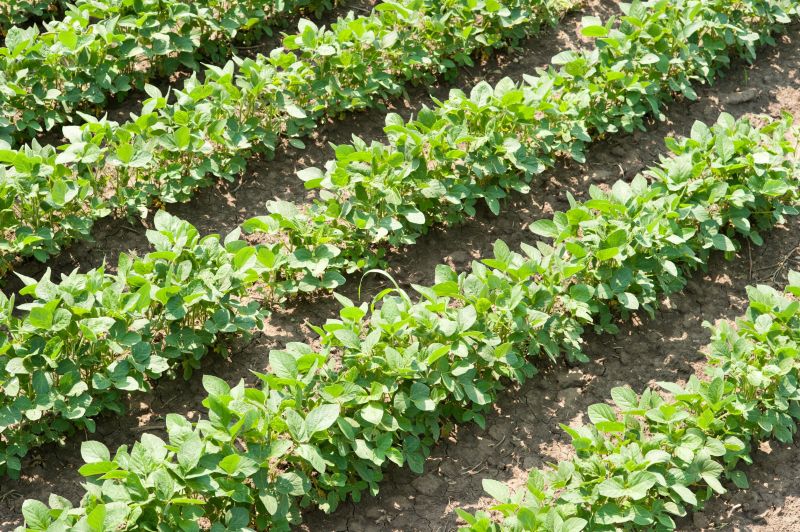
Capacities for completely replacing animal protein in the human diet are 'limited' and would require 'major changes' in the structure of global agricultural food systems, according to new research.
The study finds that broadening the supply of plant-based lysine would mean increasing soya production outside its current main production areas, including the USA.
Lysine is one of the amino acids essential for human nutrition, and the study demonstrates the importance of its sustainable supply.
Researchers have found that the current production of plant-based lysine that can be considered a replacement of animal-based lysine comes largely from soybeans, which are grown and imported from a small number of countries.
For example, the amount of lysine currently obtained from all other leguminous protein crops – such as beans and peas – is less than a fifth of the amount of soya-based lysine, and far below the global human demand.
Published in Frontiers in Sustainable Food Systems, the study finds that broadening the supply of plant-based lysine would mean increasing soya production outside its current main production areas in Brazil, the USA and Argentina.
Yet there are alternatives, for example, increasing the production of legumes other than soya, such as beans and peas, or other lysine-rich crops.
Another alternative is obtaining plant-based lysine from sources not currently used for human consumption (such as oilseed), or manufacturing lysine from non-standard plant-based sources, such as viafermentation.
The study’s lead author, Dr Ilkka Leinonen from Scotland's Rural College, said switching to a plant-based diet 'may not be as simple as previously thought'.
“All of these options would require major changes in the structure of global agricultural production and address the barriers associated with current agri-food systems.
“Some of these options may also have consequences on agricultural land use, because alternative crops would need a much bigger land area to produce the same amount of lysine as soya,” Dr Leinonen said.
